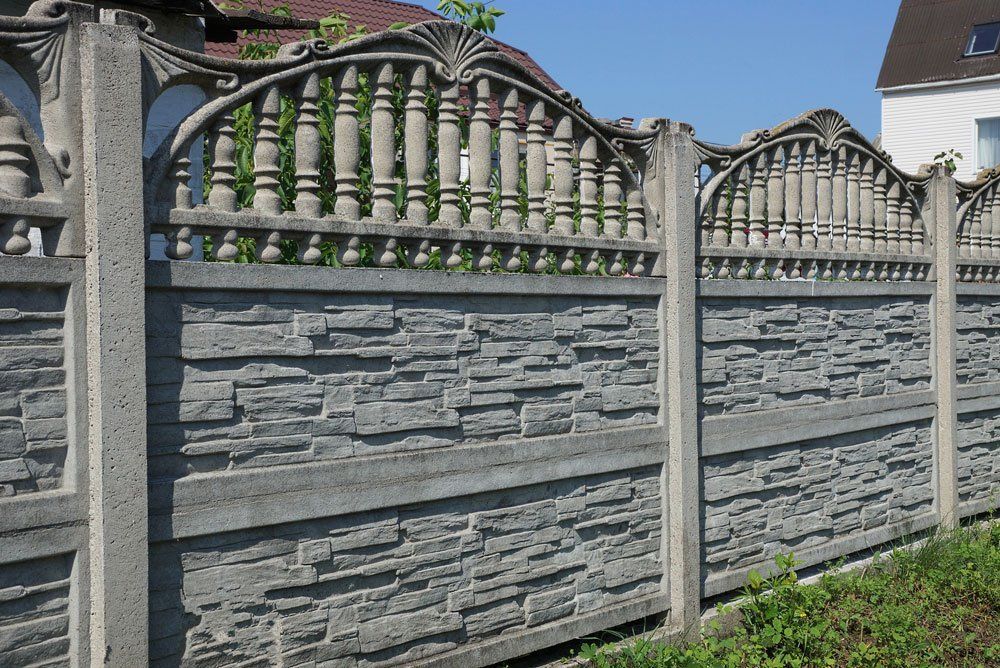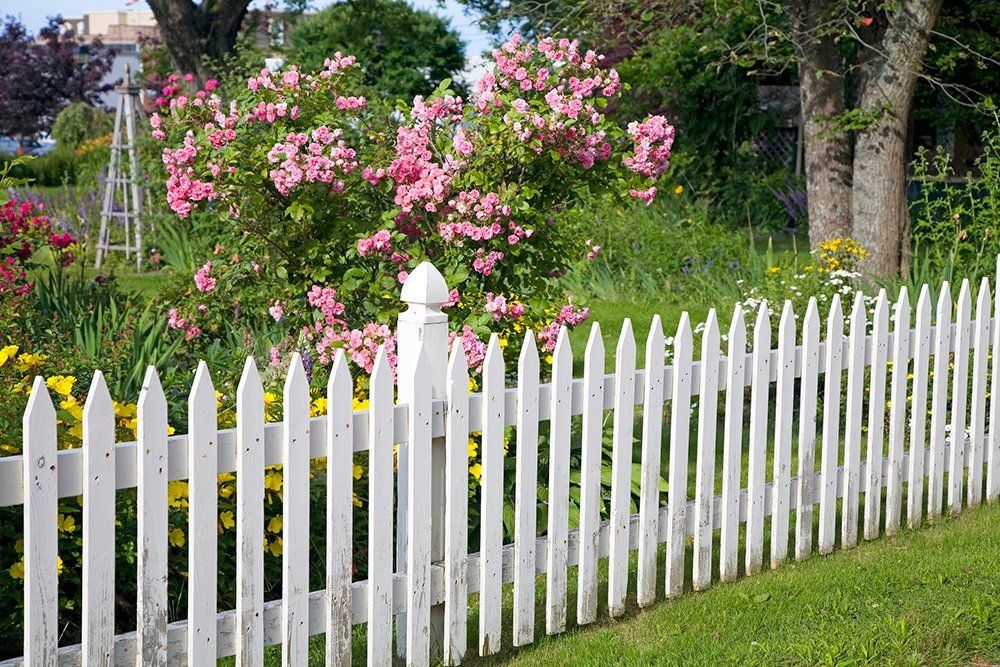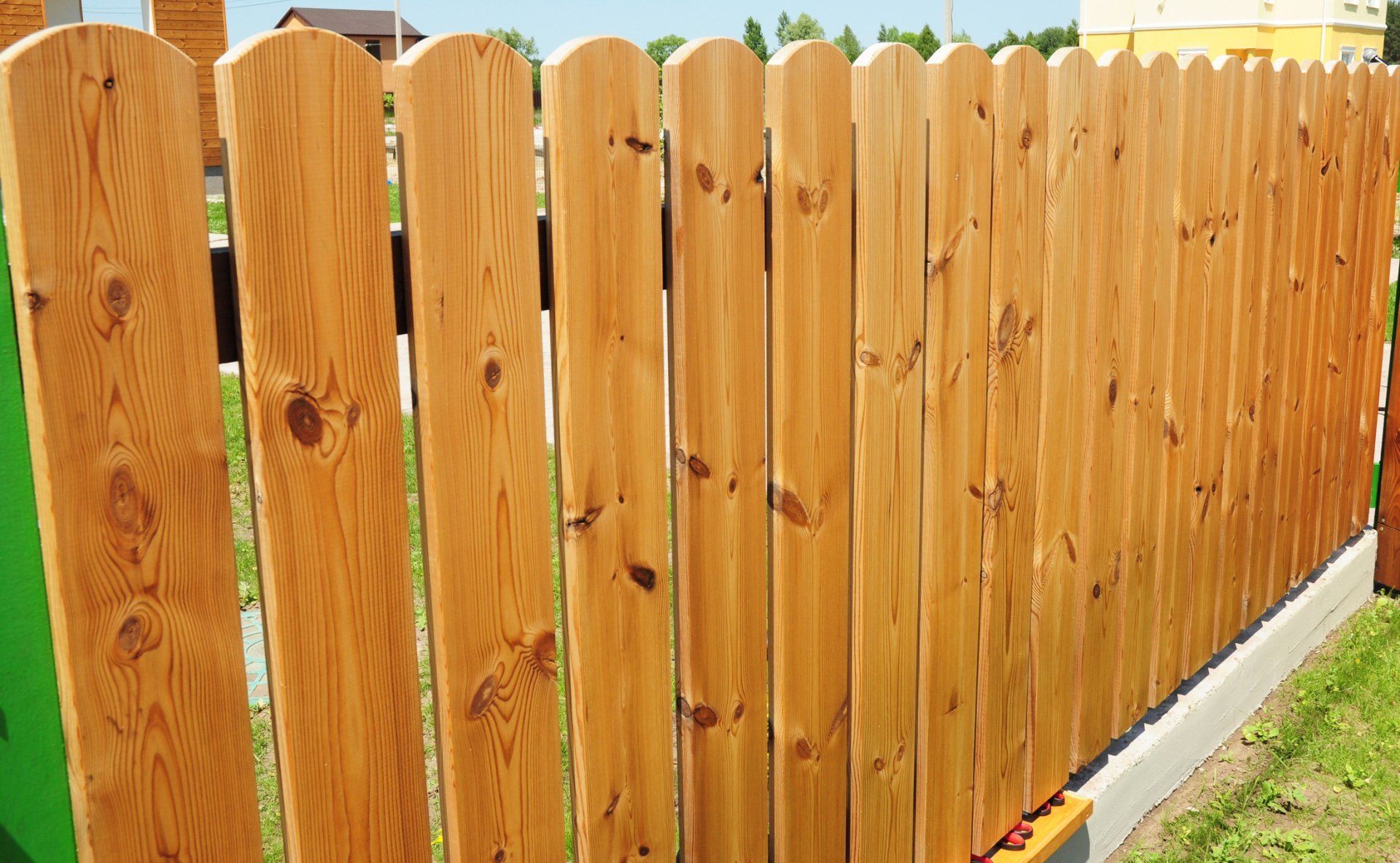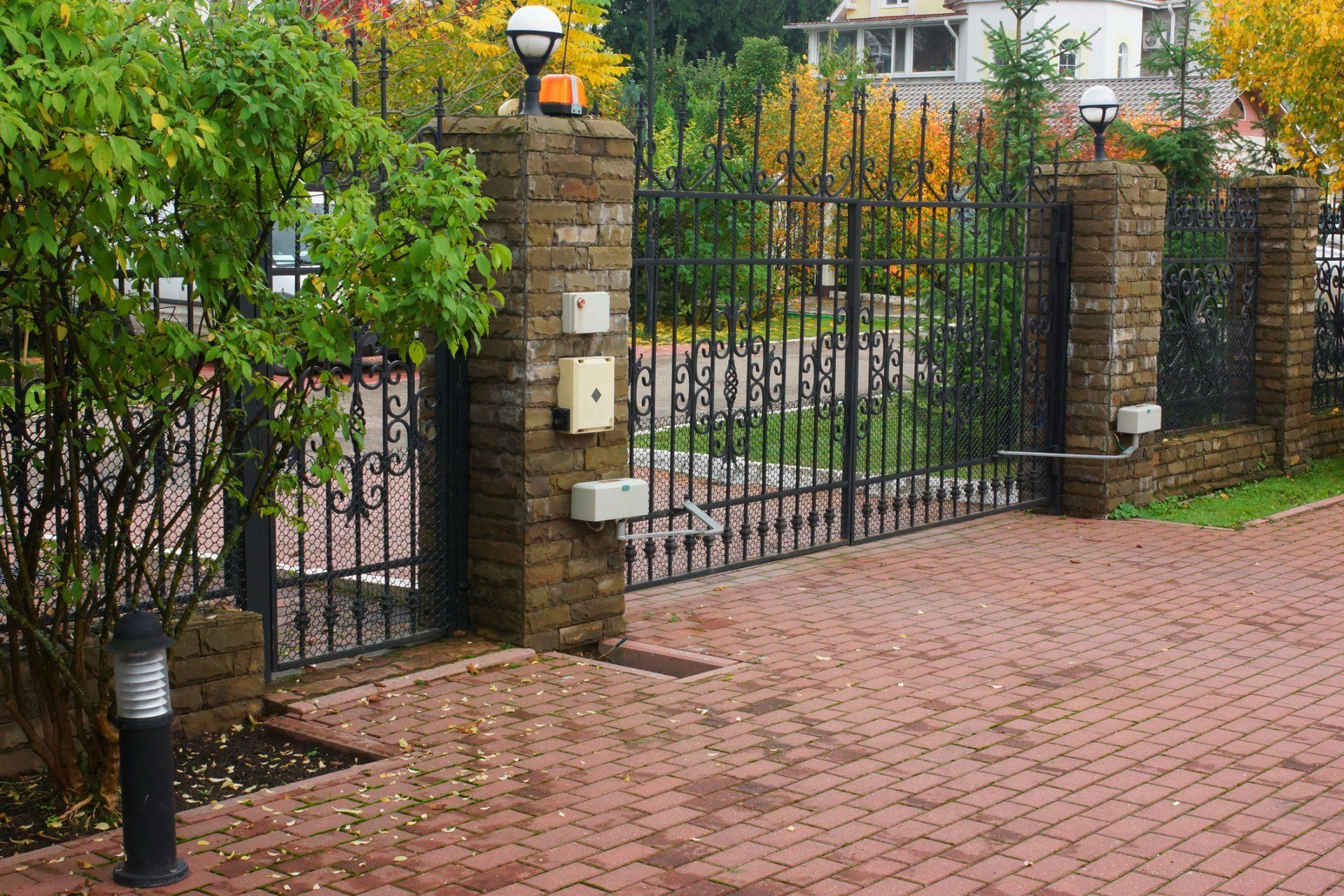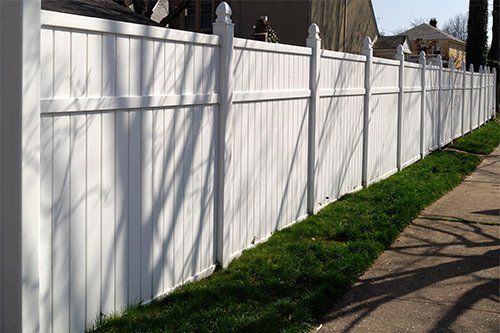TIPS TO MAKE YOUR WOODEN FENCE LAST LONGER
Admin • December 12, 2019
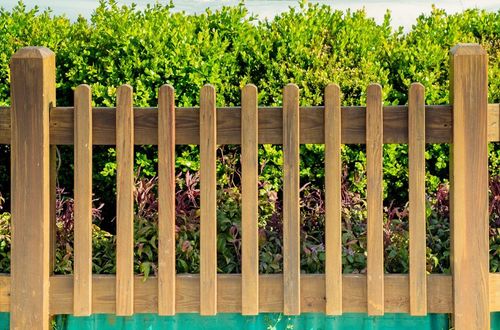
A wooden fence is a benefit to almost any property. Wood is a prime building material because of its natural beauty. This quality is true whether you're looking at a plain split-rail fence or a grand privacy fence. However, as with anything of value, you do have to take a little extra care to ensure a wooden fence lasts its maximum lifespan - 20 years or more.
Keep reading for tips to get the most mileage out of your wood fence.
Start with High Quality Material and Workmanship
If you're still in the planning stage, look into wood species for your fence. Depending on the species you choose, the fence can last for decades. Cedar is the longest lasting material because the wood is especially dense. What's more, its oil makes it naturally resistant to pest infestation.
Pine and spruce don't last quite as long, but you can extend their lives with maintenance. Likewise, fabricators usually pressure-treat pine with preservatives to extend the boards' life. Redwood and cypress are also good options. No matter the species, choose the highest grade of wood you can afford.
In addition to quality materials, quality workmanship may help determine the life of your fence. You don't need to become a fencing expert, but don't hesitate to ask contractors for references and a gallery of finished work before you hire them.
Wash and Re-stain the Fence Periodically
No matter the quality of your fence and its workmanship, sun and the elements will take their toll on the wood. So, every few years you should expect to wash and re-stain the fence line. You can wait until it's gray and dull, or you can build the task into your home maintenance schedule.
You have a couple different ways to wash the fence. You could apply a wood fence cleaner and hose it off. Conversely, you could use a power washer. For the latter, you don't need soap. Instead, you'll be angling the powerful spray to remove buildup. Either way, let the fence dry for a full 24 hours before staining it.
If you've chosen a high grade of an attractive hardwood, you want the natural beauty to shine through. You can choose a semi-transparent oil stain made for the outdoors. First, apply a soaking coat to the surface, then use a brush to smooth out the oil stain. You may need smaller brushes and rollers for decorative areas of your fence.
Make Small Repairs
As part of your home maintenance schedule, you should add a fence inspection. Once a year, perhaps in the spring, you should examine your entire fence line for breaks, cracks, or signs of rot. Spring is a good time because the fence will have withstood the winter.
Small cracks, breaks, and points of rot aren't a death sentence for your fence - big ones might be, though. So, if you repair them when they first occur, you'll definitely extend the life of your fence. You can carry out many small repairs with wood glue or filler. You can also call fence repair experts to assess any damage and fix it.
Clear Landscaping from Around the Fence
Your fence will likely interact with the rest of your landscaping. Try to keep branches from hanging over the fence. One strong wind storm and a branch could come crashing down onto your wood fence, causing damage.
Generally, keep landscaping from touching any part of your fence. Foundation gardens are very popular for both sides of a wooden fence. You can plant one of these as long as the plants don't touch the wood because they can trap moisture between their foliage and the wood, which accelerates rotting. Likewise, never train a plant to grow over the fence itself.
Keep your wooden fence beautiful with the above maintenance tasks. For the fence itself, contact Pioneer Fence of Greenville.
Your driveway gate plays an important role. If you're in the market for a new driveway gate, consider one of the popular styles below.
A neglected fence may become an eyesore, but if it's made of durable material, you don't need to replace it yet. Follow these steps to spruce up your fence.
Wildlife can harm your garden, but fences can keep critters from your growing plants. Learn more about five questions to ask when designing a garden fence.
If fence installation is next on your list of home improvement projects, take a look at these questions to ask before you make a dramatic color change.
Building a new fence requires budgeting. Find out the factors that affect the cost of your fence. Some of those factors you can control to save money.


